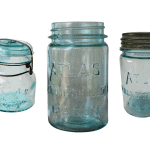Ever since the beginning of time it seems, we have always had a need to move our personal belongings from one place to another. But over time we have developed innovative means of transportation, which opened multiple doors in terms of what was possible to acquire and move with. As a result, as our society grew, so did our number of possessions.
Eventually, chests and trunks became very well-used household items. In this article, we are talking about everything you need to know about the iconic steamer trunk. From what they are, their history, and manufacturers, to various styles, and many more. So, without further ado, let’s get cracking.
What Is A Steamer Trunk?
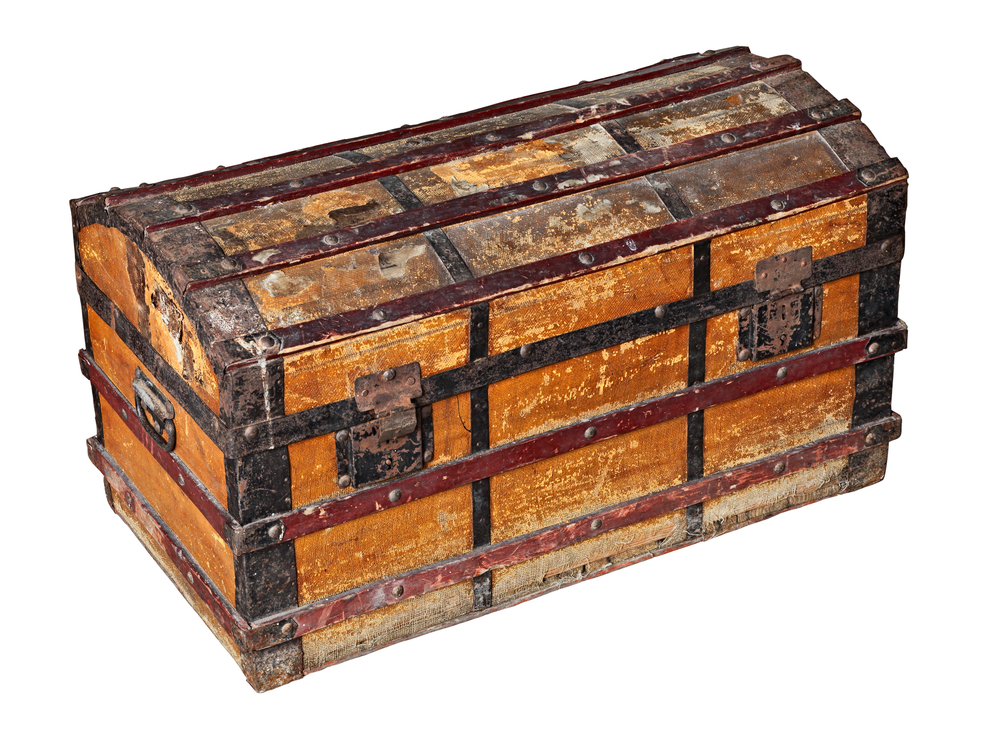
The word steamer trunk, used today, is used in reference to an extensive range of antique trunks. Nonetheless, this term is derived from those days when persons would carry these trunks on steamship trips across the sea. The first steamer trunk was just about 14 inches tall because the steamships have to abide by size regulations, similar to what airplanes have today.
Wealthy persons could afford huge accommodations on the ship. It was highly likely they would carry as much luggage as they wanted. Still, to accommodate everybody’s luggage, the ship had to incorporate a size limit on the storage trunks one could carry to save on cargo area. Because traveling was much slower, people used them frequently. So, if you were going for a trip on a steamship, it meant you were probably traveling somewhere for an extended period. Thus, you might have to carry along lots of luggage.
History Of The Steamer Trunk

Trunks and chests date back to medieval times but eventually gained recognition/momentum in the Victorian Era, beginning around the 1870s. During this time, cross-country railroads were being constructed and across-the-border travel via sea, thus making long-distance travel far much easier and faster in the United States. Besides, it allowed one to transport more personal belongings.
The trunk and chest are generally similar, but there’s a slight variation between them. Typically, trunks were used during travels and shipping possessions from place to place. In contrast, chests were considered permanent and fixed pieces of furniture, mainly used for keeping things like assorted bedding and blankets. Therefore, chests are more ornate, unlike trunks, which have a more effective form of décor.
Like most things during the Victoria period, trunks began with quite a simple design. They developed to a far much more intricate design. Most steamer trunks were designed in waterproof paper, wood slats, duck or canvas cloth, and at times, animal hide. Decorations were in tin, either embossed or flat.
High-end steamer trunks were entirely covered in leather and generally had unique designs blended into the material. Most of these higher-end trunks had internal trays, hangers, or compartments, making them more functional for storage or seating of smaller personal items, such as parasols or jewelry. These fetched a higher price tag and needed more craftsmanship.
Even though steamer trunks were mainly used by individuals when they traveled by carriage, they became entirely ubiquitous in 1870-1920. Marking their position in history and giving way for their increased use and growing popularity. There were numerous trunk makers in the US alone at this time. But by the late 1920s, steamer trunks had begun going out of fashion. They eventually were replaced by more immense wardrobe trunks and other modern luggage alternatives.
Steamer Trunk Manufacturers
Collectors have got it rough trying to identify the steamer trunk manufacturers. Because most of them entirely didn’t have a mark on their trunks or maybe marked them with a relatively simple paper that did not last long. Nevertheless, some of the more reputable manufacturers for better quality trunks designed and installed proprietary hardware. For instance, Martin Maier operated a trunk business in Detroit.
Martin Maier used cast iron hardware, hinges, and very decorative tin corner pieces. He also decorated each trunk with ornate tin pieces across its sides and top. On most of his trunks, you would find two M’s stamped into the metal hardware. These trunks were also hugely identifiable because of their rounded oak slats, each specially fitted and hand-turned. These oak slat trunks were unlike others during that time. For their reputation back in the day, collectors today love these trunks.
Another popular steam trunk manufacture was the M. M. Secor Company, lead by Martin Secor. Other high-end trunk manufacturers during this time were Goyard and Louis Vuitton. However, this was used only by the filthy rich, as middle- and low-class travelers opted for more affordable trunks. Other trunk manufacturing brands include Moynat, Malloy, Hartmann, Truesdale, Clinton, Oshkosh, Taylor, and the Shwayder trunk Company.
Steamer Trunk Styles
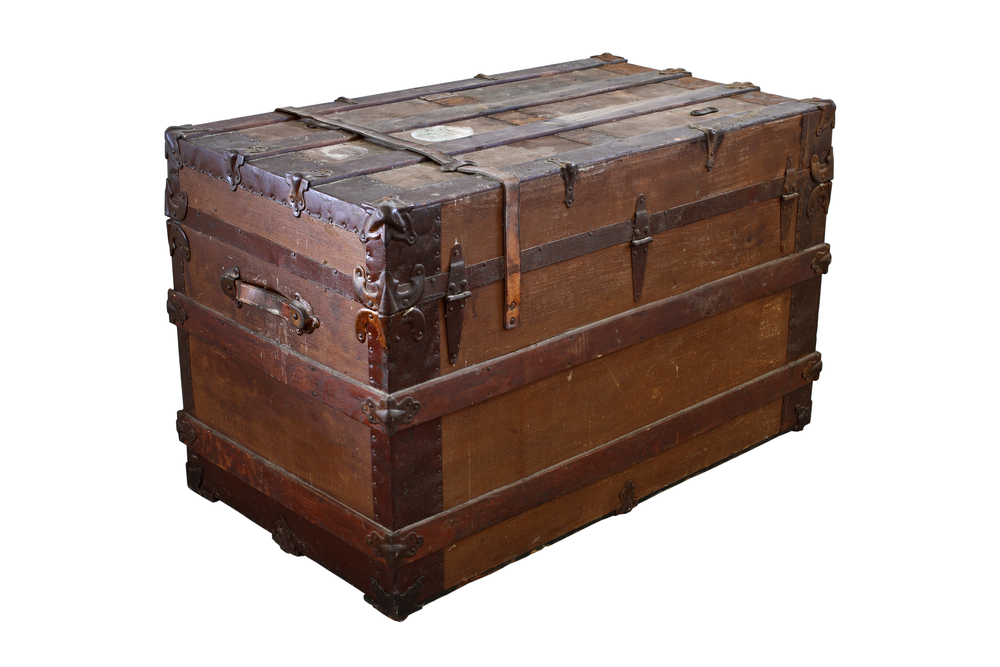
There are many renowned steamer trunk styles produced. Some trunks were more functional during travels, whereas others were specially designed for aesthetic purposes, i.e., decorations. They featured various shapes, materials, and designs. Some of the popular styles include:
Flat Top

The name is relatively self-explanatory. These trunks mainly featured flat tops and were mainly brought along during travels, as they could easily be stacked and stored on carriages, ships, and trains. This type was most popular among the middle- and low-class travelers. They were designed from a mix of materials, including canvas, wood, leather, metal décor, and sometimes sealed with a waterproof fabric. Although they didn’t come with much flair, they were quite functional.
Dome Top
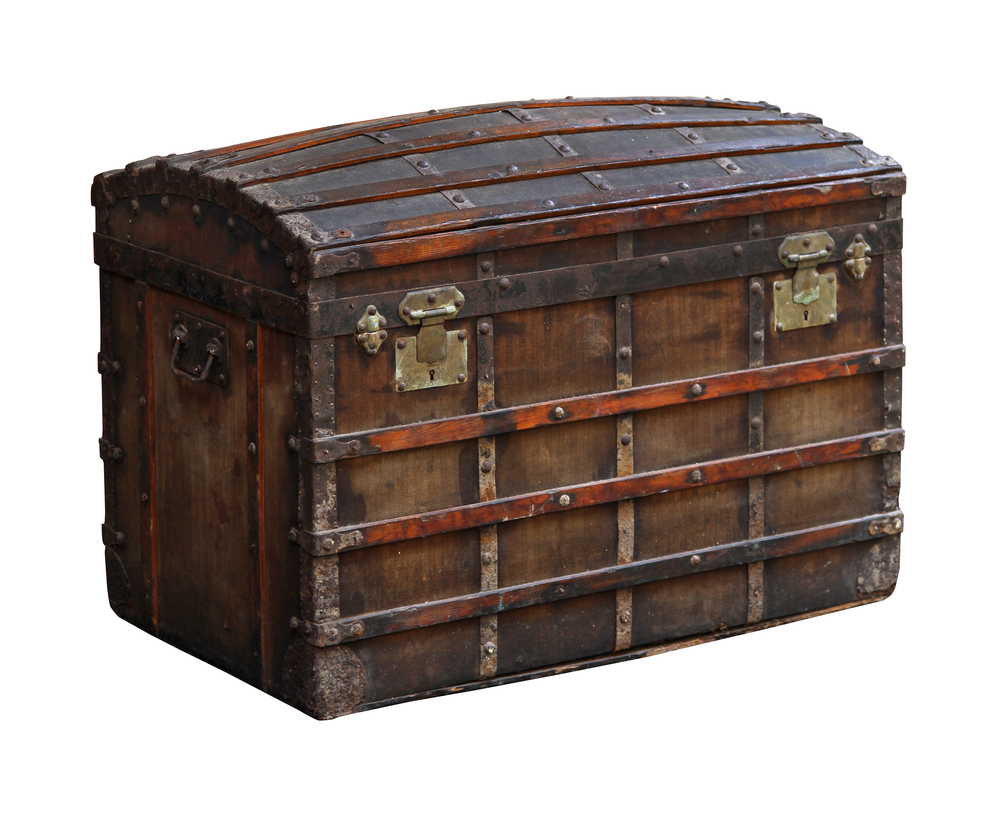
The dome top was the fairest of all steamer trunks because they were very ornate. They featured noticeable dome-shaped lid and were more likely used in decoration or storage of valuable items around homes. These trunks were mainly owned by the rich because they were relatively expensive. Some people bought them as perfect wedding gifts and mainly had smaller trays or compartments, with some having wheels. They are often referred to as humpback, barrel, round top, camel trunks, and mostly designed in an embossed tin.
Bevel Top
This steamer trunk was either designed with a flat or dome-shaped top, but with some little more ornate beveling. They were functional during travels because they can easily be stacked when flat, but were somehow pricier. Middle-class travelers were more likely to own this trunk as they could afford something extra.
Monitor Top
A monitor top is flat but with rounded edges. Some were very ornate, whereas some were plain. Variations in hardware were from the decorative to basic pieces and mainly differentiated in price. They provided more space compared to the flat top trunk.
Wall Trunks
Even though these trunks look similar to others, they are quite distinctive in their hinge mechanisms and the mannerism of opening and closing. They were designed for the small areas because, unlike standard trunks, they could push the flush up against the wall and open the top without the need to leave some space for this open lid.
Saratoga
Saratoga trunks, named after Saratoga, NY, were bigger trunks, with numerous decorative touches incorporated in their design. They were mostly covered in metal detailing or decorative leather, plus large interior compartments for small personal belongings, such as jewelry and parasols. Undoubtedly one of the fancier options, they were the mirror of wealth and affluence of their owners.
Slatted Trunks
These are attractive trunks as they are designed in thin, wooden slats placed next to another. They are structured for highly sturdy construction and showcased perfect craftsmanship.
Steamer Trunk Restoration

Most people opt to have their antique steamer trunks refinished or restored. There are numerous professionals with the required skills, or you can learn how to restore the trunk yourself. Others will preferably have the steamer trunk unrestored with its simple and rustic look. For those who prefer this, you must do some cleaning beforehand to remove any unpleasant smells present.
Typically, the more definitively decorated a steamer trunk is, the more it’s likely worth. However, this is not always true. The value of most trunks can be increased if they are restored with caution. But if you got proof that a historical figure owned the trunk, you should keep it safe.
Where To Buy An Antique Steamer Trunk?
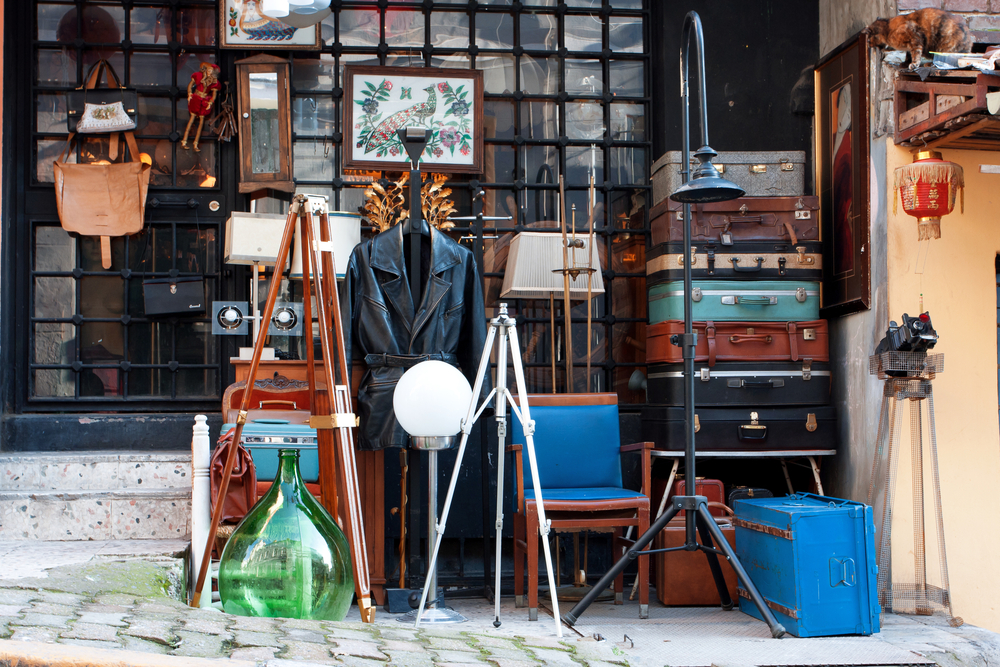
There are many places where one can buy antique steamer trunks, and most of them are generally affordable. You don’t have to break the bank to get yourself an appealing antique steamer trunk unless you wish to purchase only from renowned manufacturers.
Craigslist
Craigslist is our most recommended place where you can find yourself an antique steamer trunk. The advantage of Craigslist is that the sellers are within our birders. Shipping something that weighs as much as a steamer trunk is likely to increase the price with a considerable margin, so it’s advisable to buy locally first.
eBay
Another great place to find such collectibles is eBay. Unfortunately, you have to incur the extra shipping cost. Nonetheless, you will probably find a larger type and maybe land one that’s even been restored. To some people, this makes it worth the extra penny.
Antique Malls
Antique malls or flea markets also tend to sell steamer trunks. A flea market will likely have an already restored trunk that won’t cost you as much. On the other hand, antique malls, particularly those employing vendors on consignment, will develop stories to make sales, hence overpricing items. Unless they present relevant documentation to show that some historical figure or renowned family owned the steamer trunk, those are only baseless stories.
What Were Steamer Trunks Used For?
A steamer trunk was used for transporting personal effects and clothing during travels. Most of them are quite attractive; hence they can be used as home décor, but ensure you use them with care. If you opt for a flat top steamer trunk for use as a coffee table, you can add a cut piece of glass and fit its top. This protects it from damage, as well as allowing you to enjoy its aesthetics. As for dome top steamer trunks, they are a perfect accent piece for any bedroom or living room for storing blankets, pillows, or sheets.
What Are Old Steamer Trunks Worth?
You are likely to get a steamer trunk at one of the previously highlighted outlets for $100 or less. However, the true value of one varies according to many other factors, such as size, current state, style, and rarity. You will come across an extensive range of asking prices during your search. But this all boils down to what you can afford, regardless of its value.
Size
Smaller steamer trunks, less than 30 inches are likely to sell easier, just because most persons do not have space for a big trunk. There are many of these available, which makes the price to ease a little bit. But if you got some extra space for a bigger trunk, or prefer them, you will pay more.
Style & Rarity
These are among the two main factors that will help you determine your antique steamer trunk’s worth. The Louis Vuitton brand will price them at $3,000-$20,000, whereas an unknown manufacturer will sell them for $75-$100. As for Goyard and Martin Maier steamer trunks, you’ll pay between $500 and $3000. All in all, American-manufactured trunks are far much cheaper than French-manufactured ones.
Current State
The trunk’s current state has much to do with its value. Suppose it has missing hardware, rust, broken slats, huge dents, or other damages. It might not be as appealing for household use but may still be quite functional.
The missing or broken pieces may be replaced, but they might not match unless you get the original parts. The inconsistency depreciates value unless it’s expertly restored. Interestingly, having the original keys raises a trunk’s worth by around $30. Other features that may add value to your trunk include preserving it in perfect condition or keeping the inside compartments.
What were the most popular Steamer Trunk Brands?
- M. M. Secor Trunk Company
- Martin Maier
- Louis Vuitton
- Shwayder Trunk Manufacturing Company (Samsonite)
- Hartmann
- Goyard
- Malloy
- Taylor
- Truesdale
- Clinton
Conclusion
Most collectors prefer enjoying the appeal of designs, especially if they are stiff quite functional. Their value ranges from less than $1,000 to some thousands of dollars. There never lacks some exceptions, but regardless of what you prefer about these antique steamer trunks, you are likely to get one that’s affordable and long-lasting. With everything you know now about a steamer trunk, get yourself one, and enjoy the experience.



